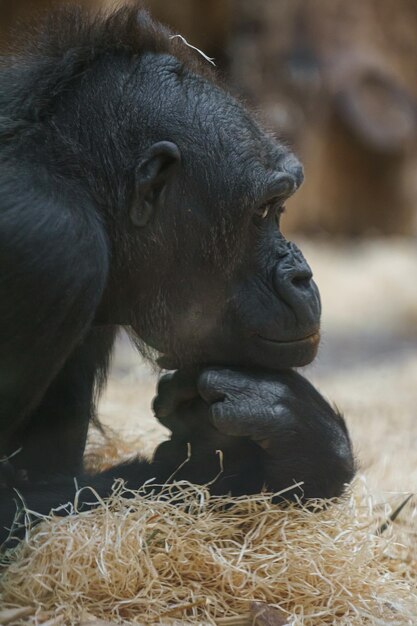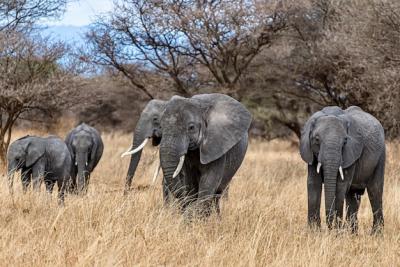Western Gorilla: Download Free Stock Photos
The Western Gorilla is a fascinating species, embodying both strength and tenderness. These incredible creatures are native to the forests and mountains of Central Africa. Their majestic presence and social behavior make them one of the most beloved animals in the world.
Physical Characteristics
Western Gorillas are large mammals with notable features. Their physical attributes not only contribute to their grandeur but also play a vital role in their survival.
Key Features:
- Size: Adult males can weigh between 300 to 500 pounds.
- Color: They typically have dark brown or black fur.
- Facial Structure: Their expressive faces make them easily recognizable.
- Bilateral Symmetry: Their body symmetry enhances their movement through the dense forests.
Habitat and Distribution
These magnificent animals inhabit tropical and subtropical forests. They are primarily found in countries such as:
- Cameroon
- Central African Republic
- Republic of Congo
- Democratic Republic of Congo
Western Gorillas thrive in dense vegetation, where they can find food and shelter from predators. Their natural habitat plays a crucial role in their lifestyle and community dynamics.
Social Behavior
Western Gorillas are known for their strong social structures. These primates live in groups, known as troops, led by a dominant silverback male. Their social interactions are filled with affection and cooperation.
Group Dynamics:
- Troop Composition: Troops can consist of several females, their offspring, and one or two males.
- Communication: They communicate through vocalizations, gestures, and facial expressions.
- Bonding: Grooming is a vital activity that strengthens their social bonds.
Diet and Feeding Habits
Western Gorillas are primarily herbivores. Their diet consists mainly of:
- Leaves
- Fruits
- Stems
- Flowers
These nutritional choices are crucial for maintaining their health and energy levels. Their foraging behavior is essential for the ecosystem as they help in seed dispersal.
Conservation Status
Sadly, the Western Gorilla faces severe threats due to habitat destruction, poaching, and disease. Conservation efforts are underway to protect these remarkable beings and their natural habitat.
Conservation Initiatives Include:
- Protected areas establishment
- Anti-poaching efforts
- A community involvement to promote coexistence
Every effort counts to ensure a future for the Western Gorilla. Raising awareness and supporting conservation programs are essential steps we can all take.
Conclusion
The Western Gorilla is more than just an animal; it is a symbol of strength, friendship, and conservation. Understanding and appreciating these gentle giants can contribute to their survival. Learn more about them, and consider ways to support their conservation, ensuring that future generations can also experience their wonder.












